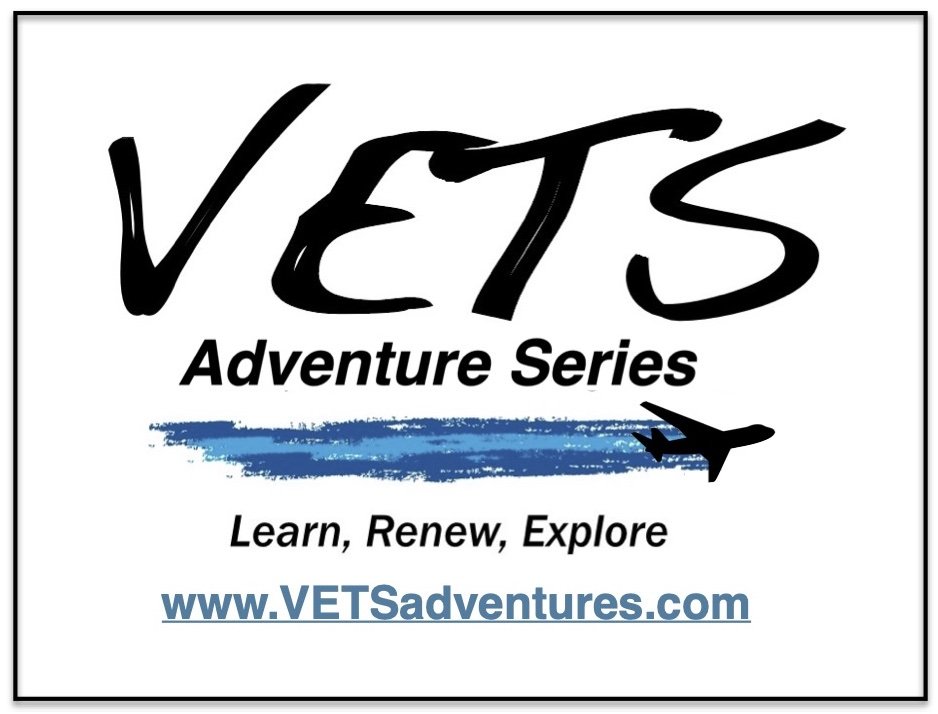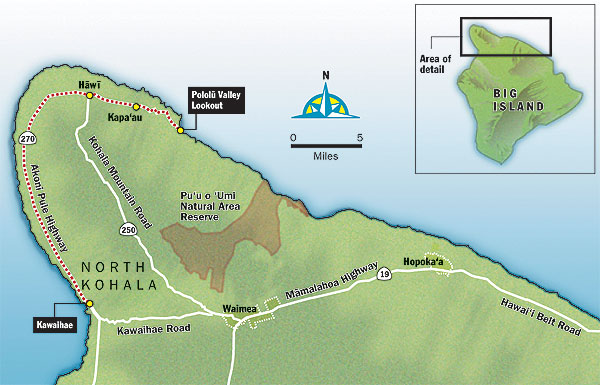This amazing adventure involving the Na Pali coastline is a possible excursion options for your pleasure.
o A dinner sunset sail using a sail or motor boat
Cap’n Andy, our operator, has provided excursions for our meetings for many years and has been selected based on the quality of his people and equipment, safety, quality of food and overall value.
Bev and I think of the Na Pali Coast is one of the wonders of the world and something we enjoy revisiting time after time. You never know what kind of wave action, wind and sky you’ll get and we’ve been out and had a great time in all kinds of conditions.
More often than not we’ve seen spinner dolphins on our way out or back, and usually have had dolphin pods running along the boats. Obviously their presence is beyond our control; however our luck in the past has been exceptional. It’s especially wonderful to see them jump and spin. The prevailing opinion is this behavior helps rid them of external parasites, but as we look at them it just seems to be for plain fun.
The cave exploring in the raft is amazing. How much you get to do depends on the sea conditions but it’s a real thrill to move in and out of those areas as the sea rises and falls. Your captain will be very experienced and only attempt what is safe.
Be prepared, the ride out and back in the raft isn’t the most comfortable on your back. As you go over the waves it can be a bit pounding and you’re sitting on the sides of the raft more or less facing the center. I found I needed to put my outside leg over the side and sit facing more forward to keep my back relatively happy. If you have back issues I’d recommend the sunset sail (the easiest) or the snorkel (much easier than the raft). The bigger boats can’t get into the caves like the raft, so the experience is different, but anything you do on the Na Pali coast will be a one-of-a-kind adventure you won’t ever forget.
The snorkel areas depend a lot on weather and can be amazing or sometimes only just “wonderful”. Exploring the reef is quite an experience and don’t be surprised if you see critters you don’t often see while snorkeling elsewhere.
If conditions allow the raft will land you on a beach (where an ancient 800 year old Hawaiian village once stood) and allow you to eat on land and then snorkel the nearby reef.
In all cases the late afternoon/setting sun on the Na Pali hills should provide AMAZING photo opportunities. I put my camera in a plastic bag for much of the ride out and back, but when the light was right it was around my neck and getting a good workout.
No transfers from or to the hotel are provided for these tours, so you’ll need to leave early for check in. The location is Ele Ele and they’ll transfer you to Port Allen to get on the boat. This is at least 35 minute drive if you know where you’re going and add 15 minutes if you don’t. Cap’n Andy’s is located in the building below the McDonald’s in Ele Ele.
If we're very lucky you may find some whales while we’re there as well. We hope so!
Thar she blows.. .
Don Klingborg, DVM




































